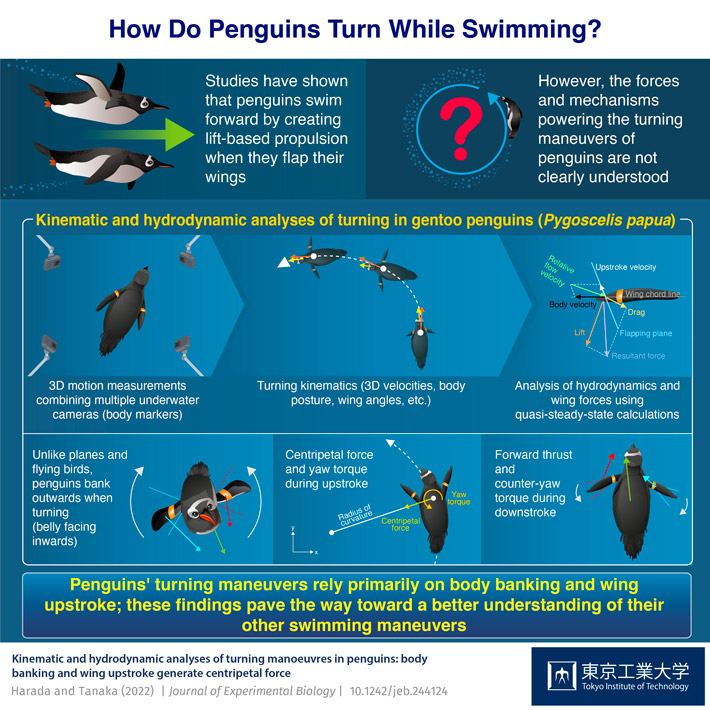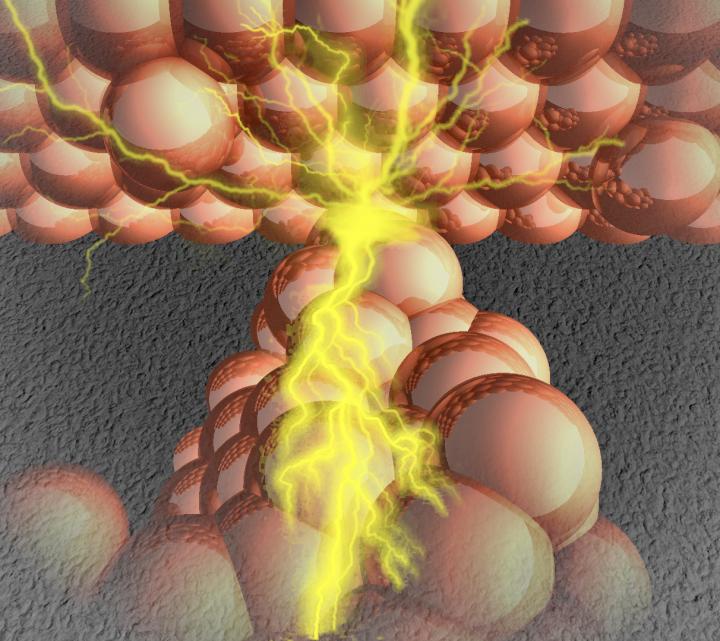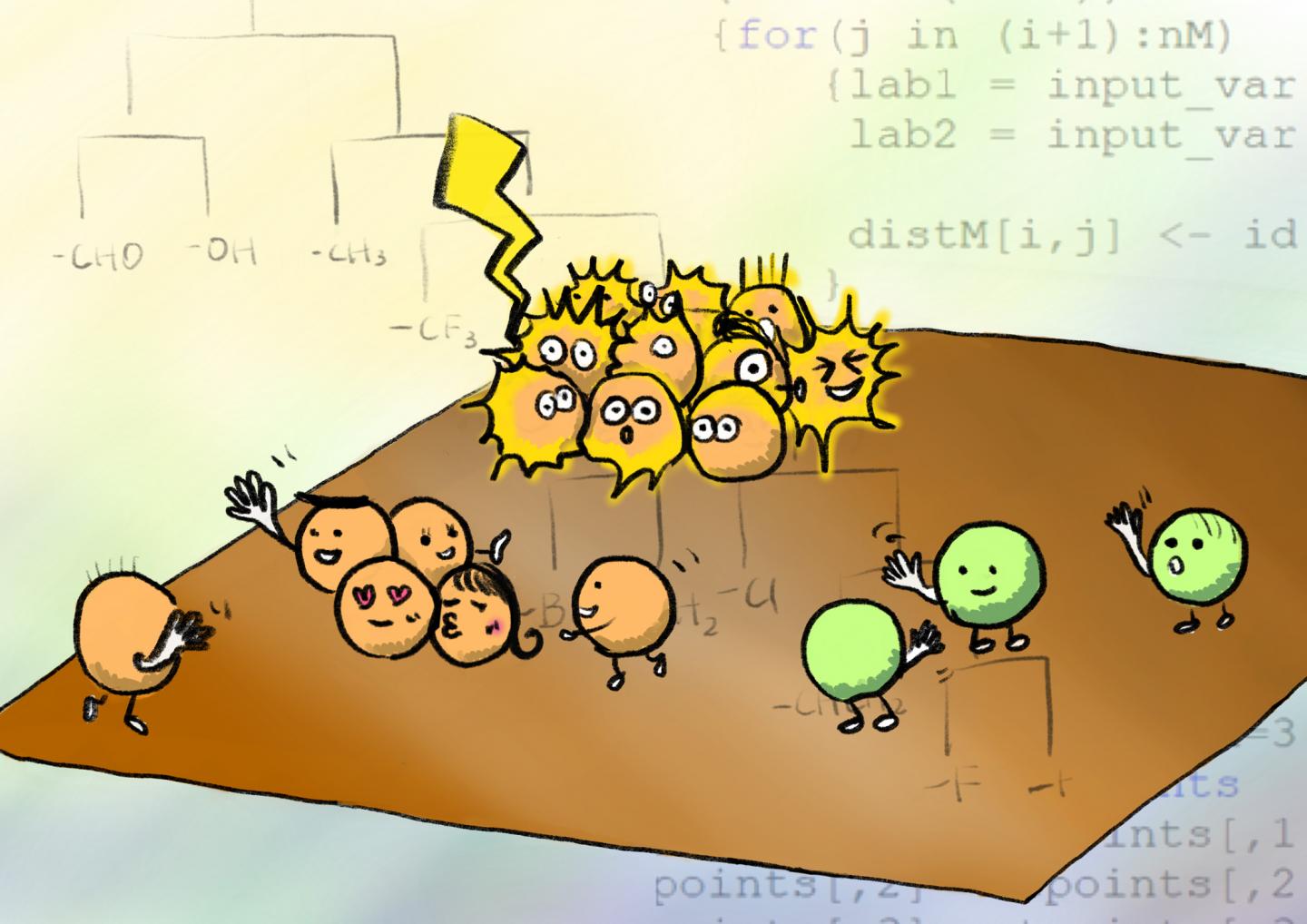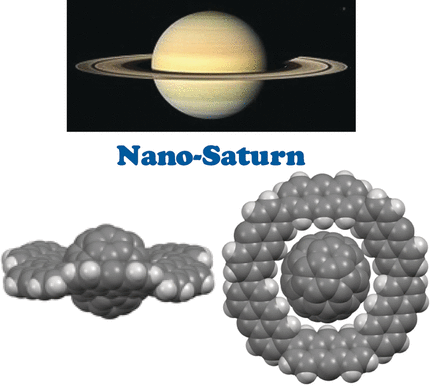This May 17, 2023 article by Ingrid Fadelli for phys.org describes quantum research performed by D-Wave Systems (a company in Vancouver, Canada) and Boston University (Massachusetts, US), Note: Links have been removed,
Over the past decades, researchers and companies worldwide have been trying to develop increasingly advanced quantum computers. The key objective of their efforts is to create systems that will outperform classical computers on specific tasks, which is also known as realizing “quantum advantage.”
A research team at D-Wave Inc., a quantum computing company, recently created a new quantum computing system that outperforms classical computing systems on optimization problems. This system, introduced in a paper in Nature, is based on a programmable spin glass with 5,000 qubits (the quantum equivalents of bits in classical computing).
“This work validates the original hypothesis behind quantum annealing, coming full circle from some seminal experiments conducted in the 1990s,” Andrew D. King, one of the researchers who carried out the study, told Phys.org.
“These original experiments took chunks of spin-glass alloy and subjected them to varying magnetic fields, and the observations suggested that if we made a programmable quantum spin glass, it could drive down to low-energy states of optimization problems faster than analogous classical algorithms. A Science paper published in 2014 tried to verify this on a D-Wave Two processor, but no speedup was found.”
…
“This is a ‘full circle’ moment, in the sense that we have verified and extended the hypothesis of the UChicago [University of Chicago] and NEC [Nippon Electric Company] researchers; quantum annealing shows a scaling advantage over simulated thermal annealing,” King said. “Ours is the largest programmable quantum simulation ever performed; reproducing it classically is way beyond the reach of known methods.”
…
“We have a clear view of quantum effects and very clear evidence, both theoretical and experimental, that the quantum effects are conferring a computational scaling advantage over classical methods,” King said. “We want to highlight the difference between this original definition of quantum advantage and the fact that it is sometimes used as a stand-in term for quantum supremacy, which we have not demonstrated. [emphases mine] Gate-model quantum computers have not shown any capabilities approaching this for optimization, and I personally don’t believe they ever will.”
…
“For a long time, it was subject for debate whether or not coherent quantum dynamics were playing any role at all in quantum annealing,” King said. “While this controversy has been rebuked by previous works, this new research is the clearest demonstration yet, by far.”
…
An April 19, 2023 D-Wave Systems news release, which seems to have been the basis for Fadelli’s article, provides more detail in a release that functions as a research announcement and a sales tool, Note: Links have been removed,
D-Wave Quantum Inc. (NYSE: QBTS), a leader in quantum computing systems, software, and services—and the only provider building both annealing and gate-model quantum computers, today published a peer-reviewed milestone paper showing the performance of its 5,000 qubit Advantage™ quantum computer is significantly faster than classical compute on 3D spin glass optimization problems, an intractable class of optimization problems. This paper also represents the largest programmable quantum simulation reported to date.
The paper—a collaboration between scientists from D-Wave and Boston University—entitled “Quantum critical dynamics in a 5,000-qubit programmable spin glass,” was published in the peer-reviewed journal Nature today and is available here. Building upon research conducted on up to 2,000 qubits last September, the study shows that the D-Wave quantum processor can compute coherent quantum dynamics in large-scale optimization problems. This work was done using D-Wave’s commercial-grade annealing-based quantum computer, which is accessible for customers to use today.
With immediate implications to optimization, the findings show that coherent quantum annealing can improve solution quality faster than classical algorithms. The observed speedup matches the theory of coherent quantum annealing and shows a direct connection between coherence and the core computational power of quantum annealing.
“This research marks a significant achievement for quantum technology, as it demonstrates a computational advantage over classical approaches for an intractable class of optimization problems,” said Dr. Alan Baratz, CEO of D-Wave. “For those seeking evidence of quantum annealing’s unrivaled performance, this work offers definitive proof.
This work supports D-Wave’s ongoing commitment to relentless scientific innovation and product delivery, as the company continues development on its future annealing and gate model quantum computers. To date, D-Wave has brought to market five generations of quantum computers and launched an experimental prototype of its sixth-generation machine, the Advantage2™ system, in June 2022. The full Advantage2 system is expected to feature 7,000+ qubits, 20-way connectivity and higher coherence to solve even larger and more complex problems. Read more about the research in our Medium post here.
Paper’s Authors and Leading Industry Voices Echo Support
“This is an important advance in the study of quantum phase transitions on quantum annealers. It heralds a revolution in experimental many-body physics and bodes well for practical applications of quantum computing,” said Wojciech Zurek, theoretical physicist at Los Alamos National Laboratory and leading authority on quantum theory. Dr. Zurek is widely renowned for his groundbreaking contribution to our understanding of the early universe as well as condensed matter systems through the discovery of the celebrated Kibble-Zurek mechanism. This mechanism underpins the physics behind the experiment reported in this paper. “The same hardware that has already provided useful experimental proving ground for quantum critical dynamics can be also employed to seek low-energy states that assist in finding solutions to optimization problems.”
“Disordered magnets, such as spin glasses, have long functioned as model systems for testing solvers of complex optimization problems,” said Gabriel Aeppli, professor of physics at ETH Zürich and EPF Lausanne, and head of the Photon Science Division of the Paul Scherrer Institut. Professor Aeppli coauthored the first experimental paper demonstrating advantage of quantum annealing over thermal annealing in reaching ground state of disordered magnets. “This paper gives evidence that the quantum dynamics of a dedicated hardware platform are faster than for known classical algorithms to find the preferred, lowest energy state of a spin glass, and so promises to continue to fuel the further development of quantum annealers for dealing with practical problems.”
“As a physicist who has built my career on computer simulations of quantum systems, it has been amazing to experience first-hand the transformative capabilities of quantum annealing devices,” said Anders Sandvik, professor of physics at Boston University and a coauthor of the paper. “This paper already demonstrates complex quantum dynamics on a scale beyond any classical simulation method, and I’m very excited about the expected enhanced performance of future devices. I believe we are now entering an era when quantum annealing becomes an essential tool for research on complex systems.”
“This work marks a major step towards large-scale quantum simulations of complex materials,” said Hidetoshi Nishimori, Professor, Institute of Innovative Research, Tokyo Institute of Technology and one of the original inventors of quantum annealing. “We can now expect novel physical phenomena to be revealed by quantum simulations using quantum annealing, ultimately leading to the design of materials of significant societal value.”
“This represents some of the most important experimental work ever performed in quantum optimization,” said Dr. Andrew King, director of performance research at D-Wave. “We’ve demonstrated a speedup over simulated annealing, in strong agreement with theory, providing high-quality solutions for large-scale problems. This work shows clear evidence of quantum dynamics in optimization, which we believe paves the way for even more complex problem-solving using quantum annealing in the future. The work exhibits a programmable realization of lab experiments that originally motivated quantum annealing 25 years ago.”
“Not only is this the largest demonstration of quantum simulation to date, but it also provides the first experimental evidence, backed by theory, that coherent quantum dynamics can accelerate the attainment of better solutions in quantum annealing,” said Mohammad Amin, fellow, quantum algorithms and systems, at D-Wave. “The observed speedup can be attributed to complex critical dynamics during quantum phase transition, which cannot be replicated by classical annealing algorithms, and the agreement between theory and experiment is remarkable. We believe these findings have significant implications for quantum optimization, with practical applications in addressing real-world problems.”
About D-Wave Quantum Inc.
D-Wave is a leader in the development and delivery of quantum computing systems, software, and services, and is the world’s first commercial supplier of quantum computers—and the only company building both annealing quantum computers and gate-model quantum computers. Our mission is to unlock the power of quantum computing today to benefit business and society. We do this by delivering customer value with practical quantum applications for problems as diverse as logistics, artificial intelligence, materials sciences, drug discovery, scheduling, cybersecurity, fault detection, and financial modeling. D-Wave’s technology is being used by some of the world’s most advanced organizations, including Volkswagen, Mastercard, Deloitte, Davidson Technologies, ArcelorMittal, Siemens Healthineers, Unisys, NEC Corporation, Pattison Food Group Ltd., DENSO, Lockheed Martin, Forschungszentrum Jülich, University of Southern California, and Los Alamos National Laboratory.
Forward-Looking Statements
This press release contains forward-looking statements within the meaning of the Private Securities Litigation Reform Act of 1995, which statements are based on beliefs and assumptions and on information currently available. In some cases, you can identify forward-looking statements by the following words: “may,” “will,” “could,” “would,” “should,” “expect,” “intend,” “plan,” “anticipate,” “believe,” “estimate,” “predict,” “project,” “potential,” “continue,” “ongoing,” or the negative of these terms or other comparable terminology, although not all forward-looking statements contain these words. These statements involve risks, uncertainties, and other factors that may cause actual results, levels of activity, performance, or achievements to be materially different from the information expressed or implied by these forward-looking statements. We caution you that these statements are based on a combination of facts and factors currently known by us and our projections of the future, which are subject to a number of risks. Forward-looking statements in this press release include, but are not limited to, statements regarding the impact of the results of this study; the company’s Advantage2™ experimental prototype; and the potential for future problem-solving using quantum annealing. We cannot assure you that the forward-looking statements in this press release will prove to be accurate. These forward-looking statements are subject to a number of risks and uncertainties, including, among others, various factors beyond management’s control, including general economic conditions and other risks, our ability to expand our customer base and the customer adoption of our solutions, and the uncertainties and factors set forth in the sections entitled “Risk Factors” and “Cautionary Note Regarding Forward-Looking Statements” in D-Wave Quantum Inc.’s Form S-4 Registration Statement, as amended, previously filed with the Securities and Exchange Commission, as well as factors associated with companies, such as D-Wave, that are engaged in the business of quantum computing, including anticipated trends, growth rates, and challenges in those businesses and in the markets in which they operate; the outcome of any legal proceedings that may be instituted against us; risks related to the performance of our business and the timing of expected business or financial milestones; unanticipated technological or project development challenges, including with respect to the cost and or timing thereof; the performance of the our products; the effects of competition on our business; the risk that we will need to raise additional capital to execute our business plan, which may not be available on acceptable terms or at all; the risk that we may never achieve or sustain profitability; the risk that we are unable to secure or protect our intellectual property; volatility in the price of our securities; and the risk that our securities will not maintain the listing on the NYSE. Furthermore, if the forward-looking statements contained in this press release prove to be inaccurate, the inaccuracy may be material. In addition, you are cautioned that past performance may not be indicative of future results. In light of the significant uncertainties in these forward-looking statements, you should not place undue reliance on these statements in making an investment decision or regard these statements as a representation or warranty by any person we will achieve our objectives and plans in any specified time frame, or at all. The forward-looking statements in this press release represent our views as of the date of this press release. We anticipate that subsequent events and developments will cause our views to change. However, while we may elect to update these forward-looking statements at some point in the future, we have no current intention of doing so except to the extent required by applicable law. You should, therefore, not rely on these forward-looking statements as representing our views as of any date subsequent to the date of this press release.
Here’s a link to and a citation for the paper,
Quantum critical dynamics in a 5,000-qubit programmable spin glass by Andrew D. King, Jack Raymond, Trevor Lanting, Richard Harris, Alex Zucca, Fabio Altomare, Andrew J. Berkley, Kelly Boothby, Sara Ejtemaee, Colin Enderud, Emile Hoskinson, Shuiyuan Huang, Eric Ladizinsky, Allison J. R. MacDonald, Gaelen Marsden, Reza Molavi, Travis Oh, Gabriel Poulin-Lamarre, Mauricio Reis, Chris Rich, Yuki Sato, Nicholas Tsai, Mark Volkmann, Jed D. Whittaker, Jason Yao, Anders W. Sandvik & Mohammad H. Amin. Nature volume 617, pages 61–66 (2023) DOI: https://doi.org/10.1038/s41586-023-05867-2 Published: 19 April 2023 Issue Date: 04 May 2023
This paper is behind a paywall but there is an open access version on the arxiv website which means that it has had some peer review but may differ from the version in Nature.




